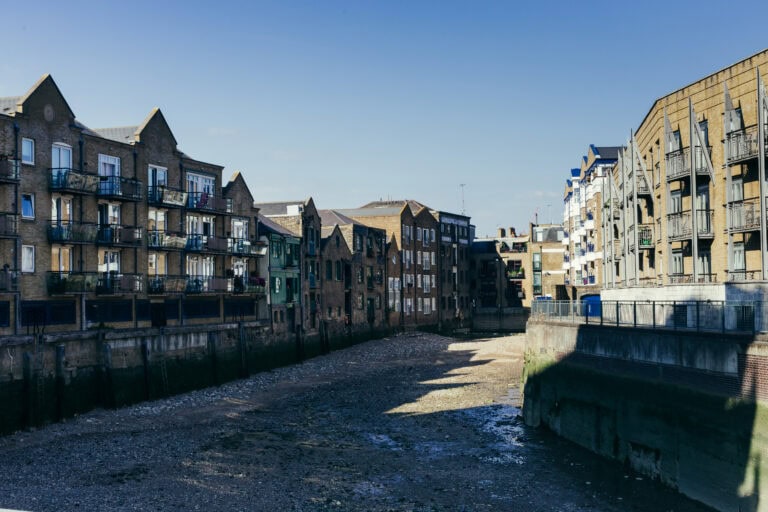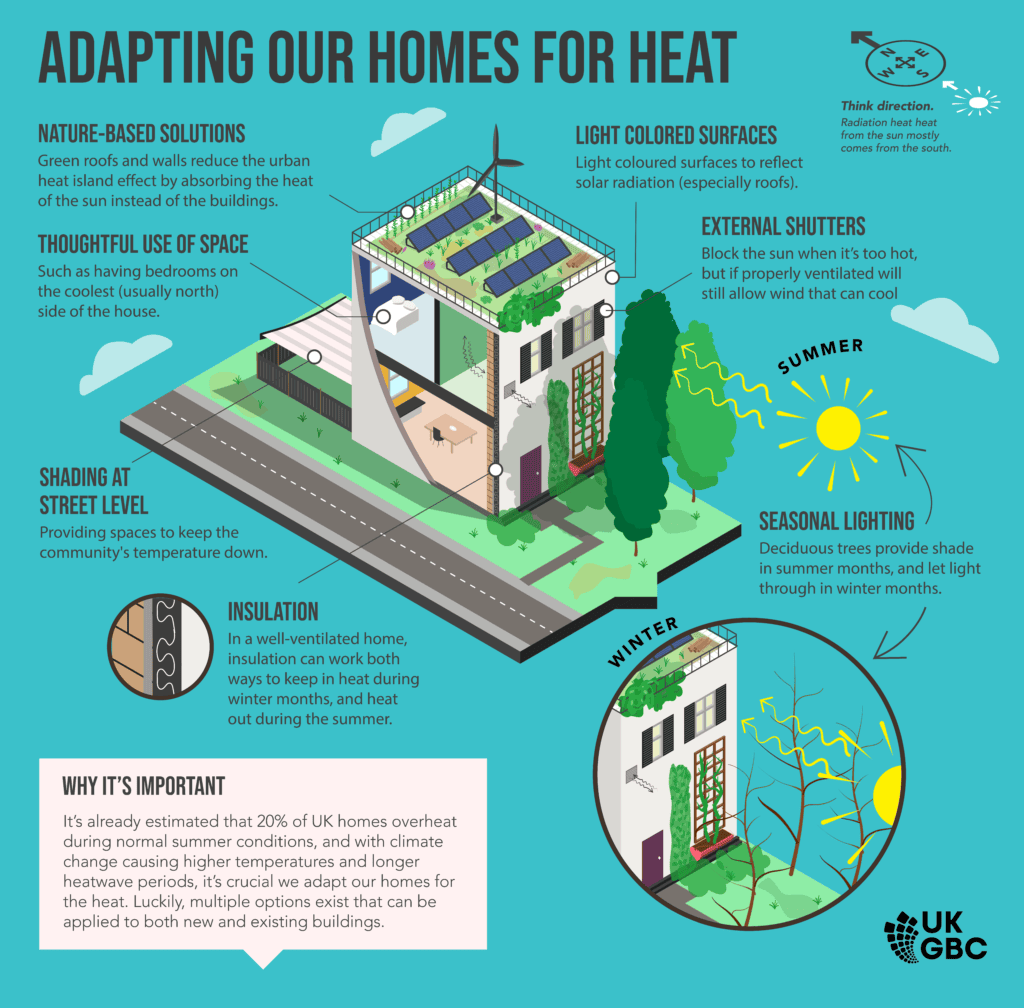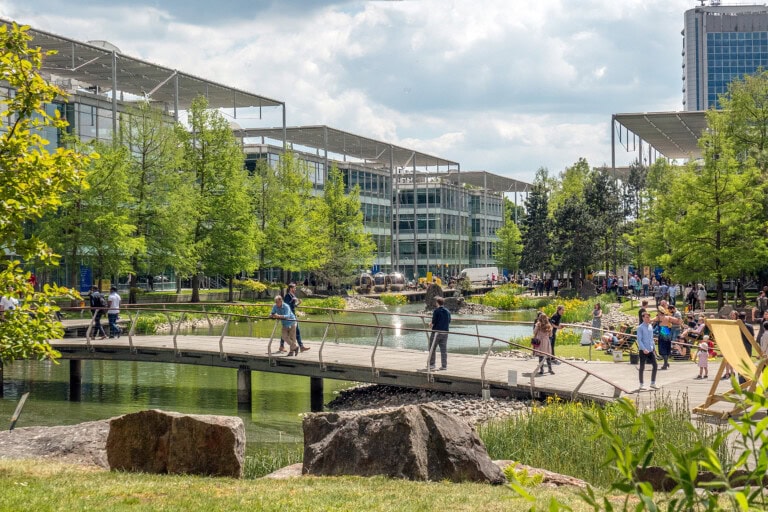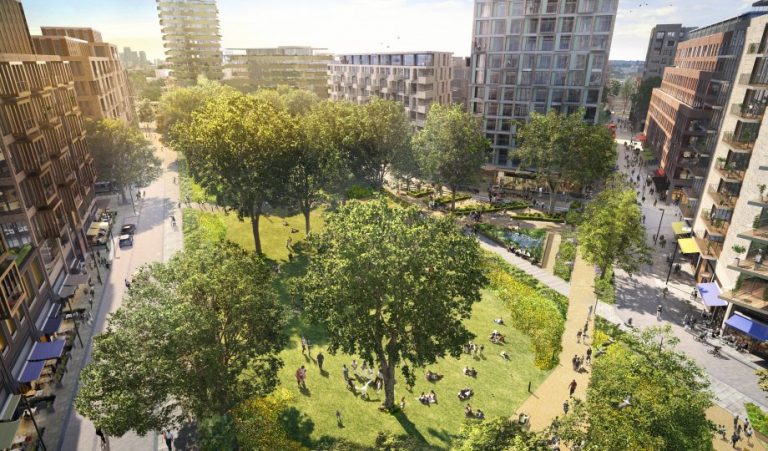How can we adapt our buildings to climate change?

As the climate crisis intensifies and extreme weather events become more common, the UK’s buildings, cities and critical infrastructure are in increasing danger. We must transform our communities, so they are resilient to these hazards and remain safe and able to thrive in this changing climate.
Impacts of climate change on buildings
Our weather is becoming increasingly volatile. Extreme weather events resulting from climate change have intensified over the last decade, posing significant challenges to the resilience of the built environment.
Buildings in the UK are at risk from a variety of climate-related hazards. These can be divided into two areas. First, chronic hazards, which are slow to progress and cover long term changes to hazards such as changes to temperature, wind, precipitation, and soil erosion.
The second element comprises acute hazards. These are extreme in nature, occur quickly, and can include hazards such as heatwaves, storms and blizzards, droughts, floods and subsidence.
These hazards can cause damage to our buildings, in the worst cases making them uninhabitable. Adapting our buildings to climate change allows our cities to be less negatively impacted by these hazards, making it safer for those who live and work in them.

What can you do to improve the resilience of a building?
On an individual building level, there are a number of changes you can make to improve its resilience to climate hazards.
The specific climate hazards that need to be addressed will depend on a building’s location and before any adaptations are made, resources like the Climate Risk Indicators map should be consulted. This ensures all adaptations have a positive benefit on the resilience of the building and don’t lead to maladaptation.
In 2022 UKGBC launched a report that walks you through understanding and reporting on the physical risks that are facing a building.

Examples of adaptations for a single building
Insulation
Installing Storm Management Systems
Shutters and Shades
Use Nature
What can these adaptation methods look like?

What policies should be implemented to drive more climate adaptation?
Make climate safety a national priority under the leadership of the Prime Minister
Ensure all planning decisions deliver climate safety
Protect all communities with trees, parks and ponds
Ensure new buildings are fit for a more hazardous climate future
Make existing homes and buildings climate safe
What can built environment professionals do to promote more resilient buildings?

What’s next for Climate Change Adaptation and the Built Environment?
UKGBC is developing the UK Climate Resilience Roadmap to outline how we can, as an industry and society, create towns and cities that are resilient in the face of our changing climate and can thrive for generations.
At COP29 we outlined our vision for a sustainable built environment, as well as some key definitions of adaptation and resilience.
In June 2025, we will be launching the full report which will outline further recommendations for industry and policy makers, with a roadmap to guide the UK built environment forward.



